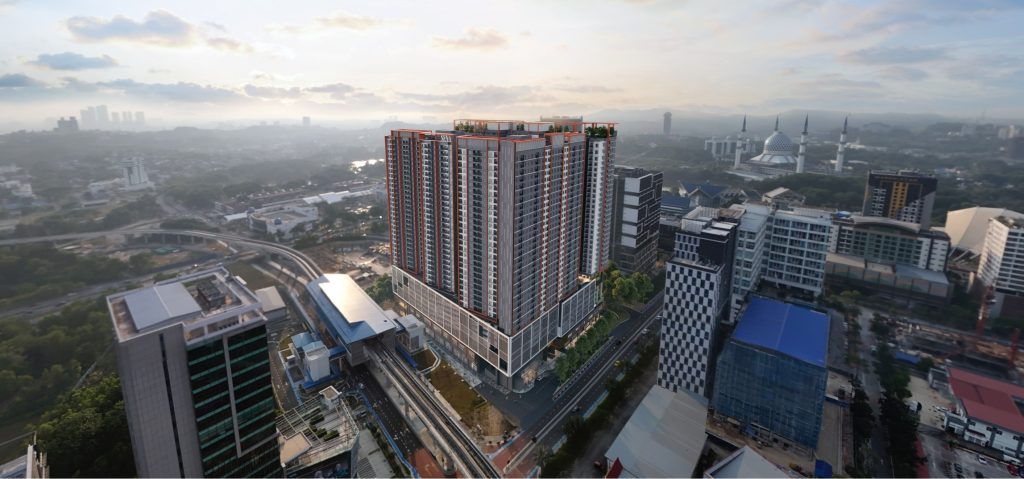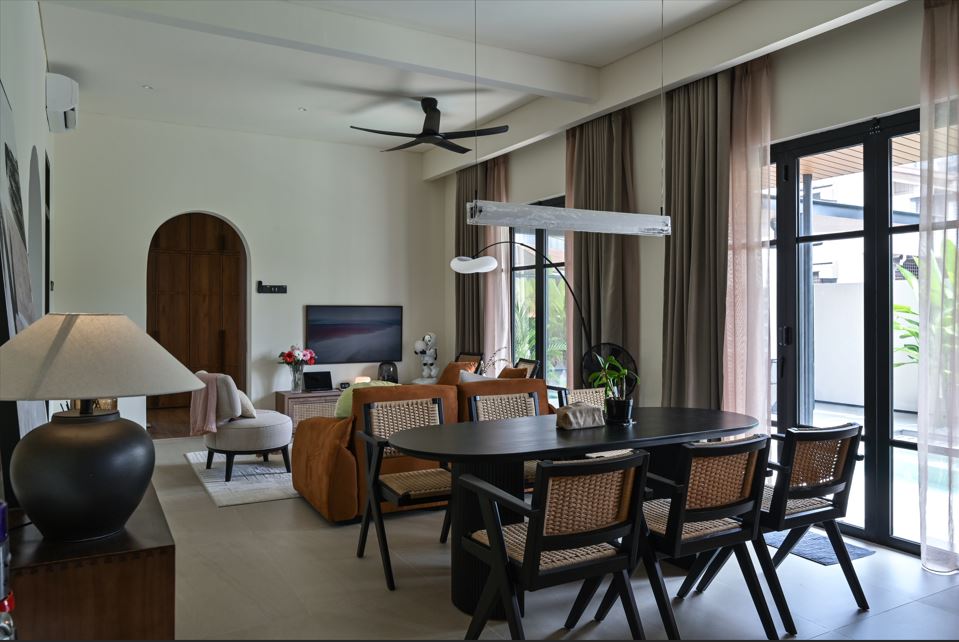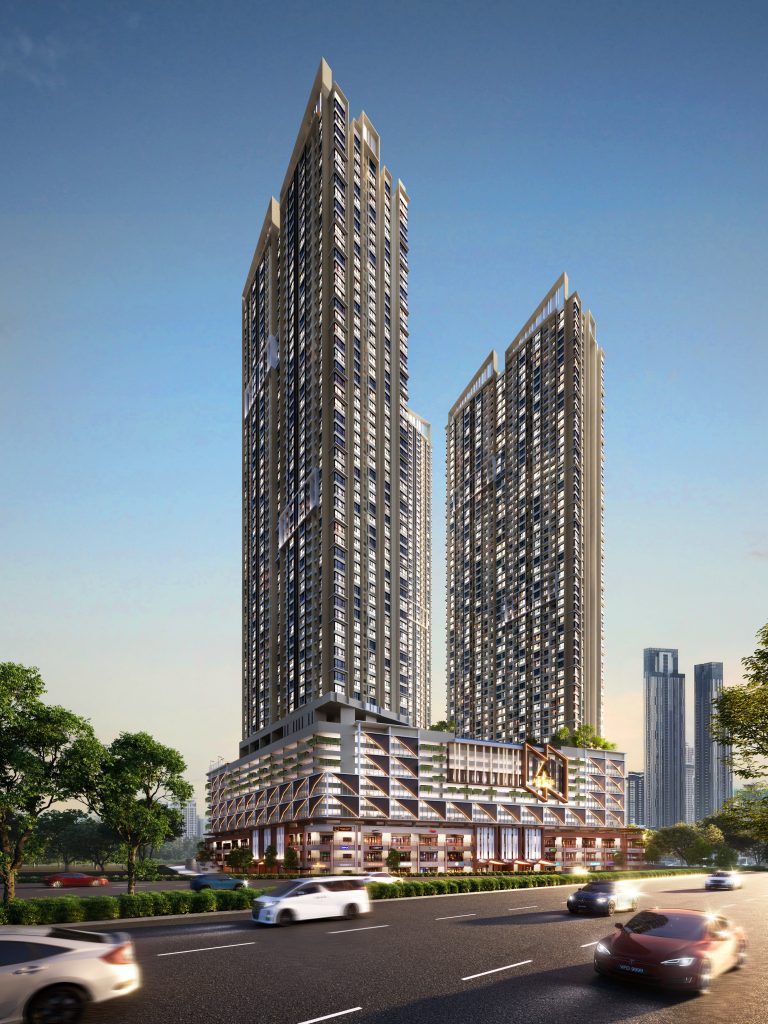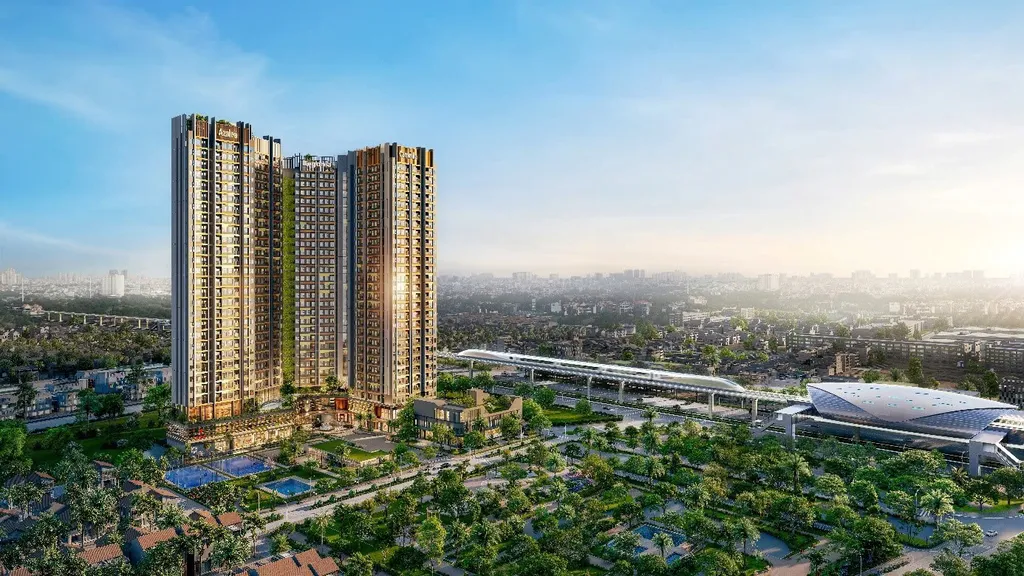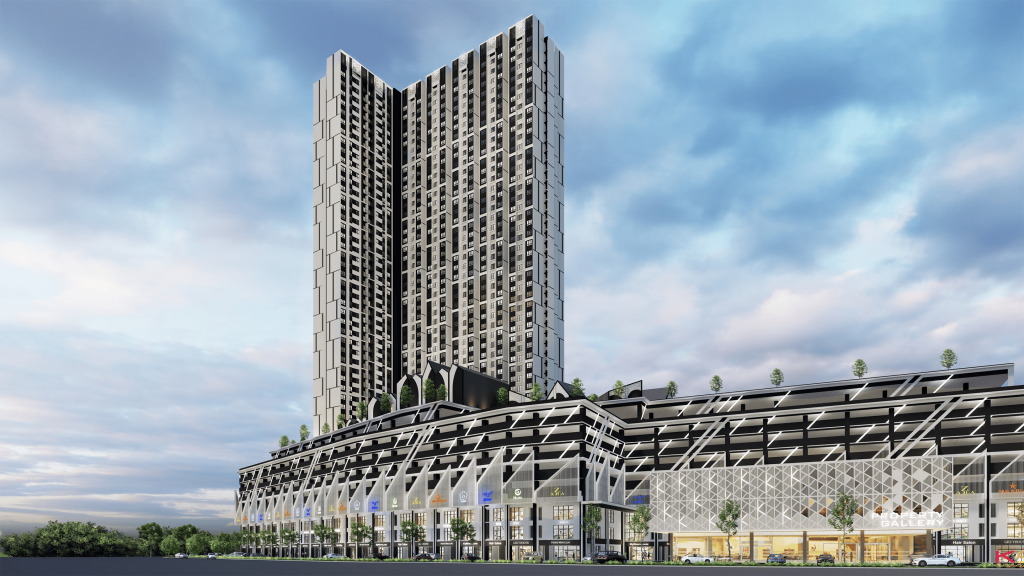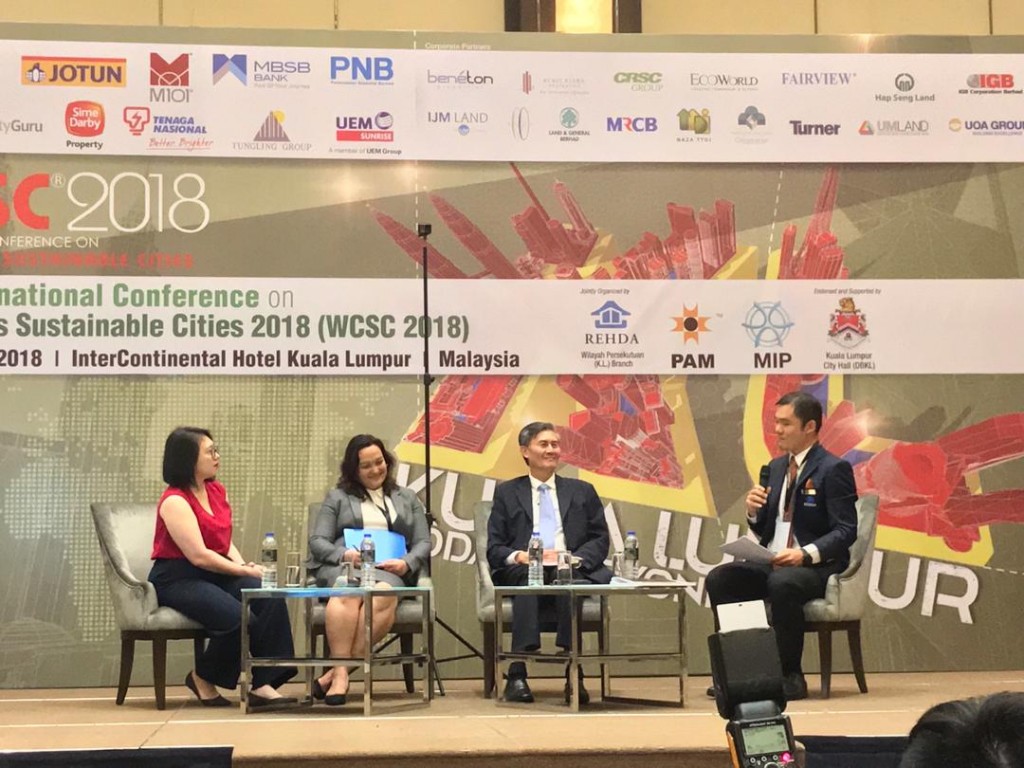
The panelist: (from left) Property Pricetag Sdn Bhd chief executive officer Cha Ly Koh, Khazanah Research Institute Malaysia director Dr Suraya Ismail, Rehda Institute Malaysia chairman Datuk Jeffrey Ng Tiong Lip, and Rehda Youth member James Tan as the moderator.
Affordable housing is a seasoned topic within the property market. However, it is one of the most talked about issues of late.
Defining the term ‘affordable’ is crucial to understand the depth of the situation but has been proven to be tricky due to various interpretations by various parties.
In a forum titled Affordable Housing — Needs, Requirements & Reality held during the World Class Sustainable Cities (WCSC) 2018 conference, one of the panellists Rehda Institute Malaysia chairman Datuk Jeffrey Ng Tiong Lip explains that there are multiple methodologies used to define the term affordable in Malaysia. The standard approach is the median multiplier (MM) approach, where the median income of the country is multiplied with the factor of 3 to measure what is the house price that the public can afford.
“Rehda Institute, however, took a different approach to calculate the price for the affordable housing. Through debt servicing capability approach, also called the housing cost burden approach, by taking into account that your mortgage repayment bill should not exceed 30% of your monthly net income, a 90% loan financing of 35 years tenure with the interest rate of 4.5% throughout the period, we calculated RM300,000 as the approximate affordable housing price,” said Ng.
He added that compared to the MM approach, the debt servicing capability approach provides a higher price range for affordable housing. A median income of RM5,228, through the MM approach will result in affordable housing being priced at RM188,208 while via the debt servicing capability, affordable housing is priced at approximately RM330,000.
Other panellists of the forum are Khazanah Research Institute Malaysia director Dr Suraya Ismail and Property Pricetag Sdn Bhd chief executive officer Cha Ly Koh.
According to Dr Suraya, the book published by Khazanah Nasional in 2015 called ‘Making Housing Affordable’ uses the MM approach, and the report was based on their visit to several countries.
“We met Shlomo Angel, the one who created the MM, and asked him why he did not use debt servicing ratio in his approach.
“His answer was simple. He said the property crash we had back then in 2008/2009 was because of this financial instrument (debt servicing approach) that backs house prices to the extent that it does not reflect on the true value of the houses,” explained Dr Suraya who added that the Harvard School of Housing also uses the MM method.
Furthermore, Suraya said that the median income which is recorded at RM5,228 says a lot about the wage or employment structure of the nation.
“By using the approach (MM), we believe it is a better gauge to indicate the affordability of the country. But of course, we still need to relook at the MM every two to three years because MM is a dynamic indicator that continuously changes to reflect what one can afford, current wages and the supply of houses,” she clarified.
From the work they have done for various clients, Koh found out that the supply differs vastly across the neighbourhood.
“Different places have oversupply in various products. For example, oversupply in areas like Kepong and KLCC will be different than in places like Sepang.
“People keep saying that we have an oversupply of luxury houses, but it is not accurate. We are talking about nation here, and some numbers are not dissected well enough,” she pointed out.
In some data, Koh mentioned that she did see an oversupply of houses below RM300,000.
“But the location for the oversupply of houses below RM300,000 is not where the demand is. I mean, you cannot expect people from Setia Alam to move all the way to Kajang to buy a house.
“Same goes for a place where there is no supply of luxury houses but there is a growing household income in that area,” she added.
Koh concludes that on whether there is an oversupply of affordable housing in Malaysia, the answer might differ according to the approach used to calculate the affordability. But she sees a need where a thorough analysis of the demand and supply of housing is done according to neighbourhoods so that more accurate information can be obtained.
On the topic of mismatched location with the demand and supply, Suraya added that in the book ‘Making Housing Affordable’, they suggested the idea of having a central data unit (CDU).
“The CDU was aimed to understand the price range that would be great for the specific area, based on the median household income.
“This way we can map areas that need houses below RM300,000 and areas that need houses above RM300,000,” she noted.
She also said that the CDU could be a deterrent for developers to build projects that are out of range for the location, for example, an RM350,000 apartment in Kota Bharu, when there is no demand for it.
Ng agrees with Suraya that Malaysia does have an issue with obtaining the right set of data thus the inability to analyse the information to come up with the best solution for this housing dilemma.
However, on the supply of affordable houses in Malaysia, Ng noted that from the private developers' point of view, we have enough.
“In reality, since 2015 onwards, most of the private sector developers have been focusing on building properties priced at RM1mil and below. And that is for Wilayah Persekutuan (WP) only.
“There is plenty of affordable housing that is either under completed or in working progress right now. According to Rehda institute’s data from the private sector, the demand for the M40 and B40 houses are roughly about 13,000 units in WP.
“Whereas the house production rate for WP is about 20,000-30,000 units per year and 40% of it is catered to the household income of RM5,000 and below. Hence based on the rough estimation, WP produces 8000-12,000 units per year to a demand of 13,000 units, which is just good enough to cover the supply and demand of affordable housing,” explained Ng.
Ng also expressed that it is equally essential for affordable housing to have a good living ecosystem in place.
“Take for example the Housing and Development Board (HDB) in Singapore. It is not by coincidence that HDB flats are located in an environment where schools, parks, facilities, and access to public transportation is all in one place.
“You can’t simply build an affordable housing project somewhere far from the city centre and expect people to live there without the living ecosystem in place. And I think the ecosystem is an important factor towards the success of affordable living,” he noted.
In her endnote, Suraya said that she hoped that a partnership between the private sector and the government could come up with better housing projects that benefit everyone.
“It is important that the authority view housing as part of a higher and broader debate. Ensuring houses are affordable is important, but we also need to look at it in the context of making cities generally better for all strata of income,” expressed Suraya.








